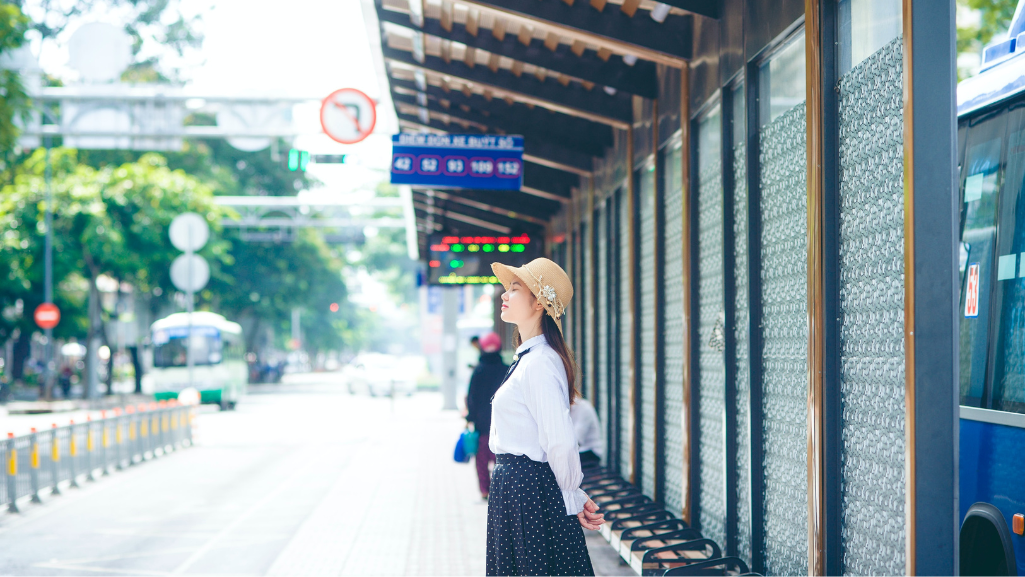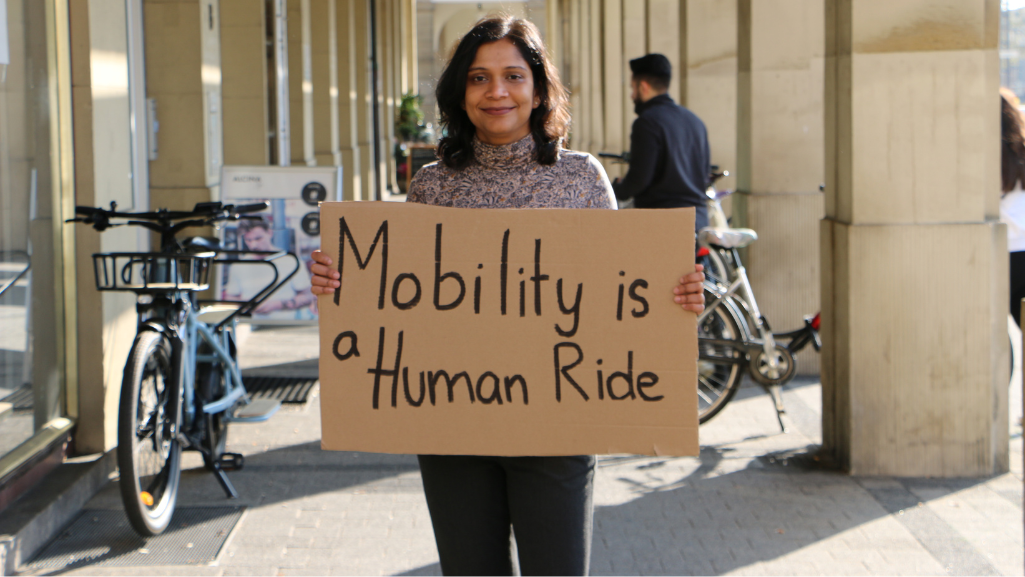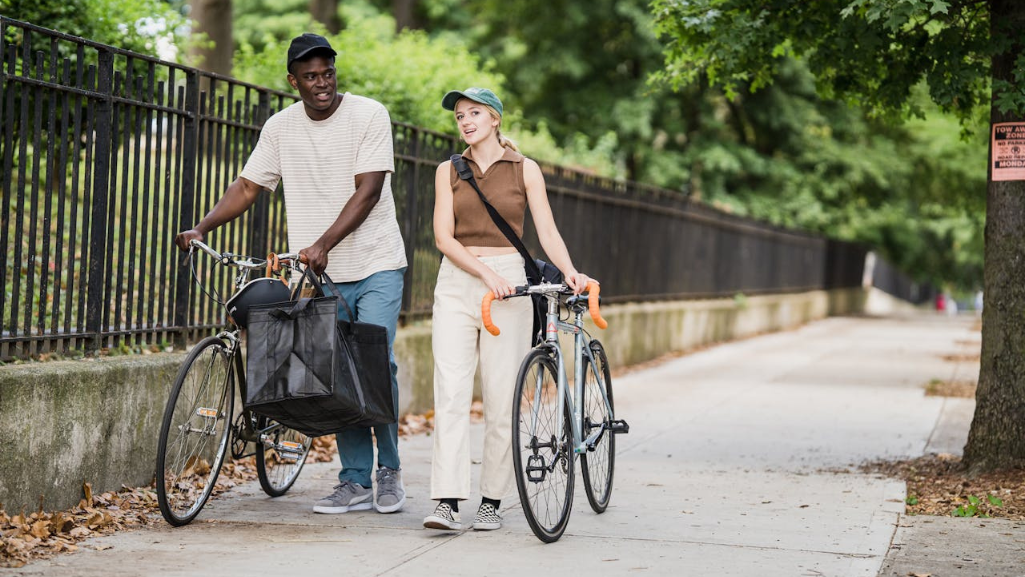Mobility is the defining characteristic of modern societies. The freedom to move, and thus the possibility to get to work, meet with others, get access to education, shopping, health care or culture, has massive impact on our quality of life. So how can this basic prerequisite for social participation and thus also for economic growth be ensured?
“Access to mobility always means access to society – to education, to jobs, to leisure” said Christian U. Haas, CEO of PTV and Econolite, now unified under the brand Umovity. “Mobility literally brings us forwards. It opens new opportunities and perspectives.”
This also means: Those who cannot afford mobility or don’t have access to transportation, are excluded from society to some extent. They have fewer opportunities and possibilities to shape their lives freely and individually.
Among the population groups vulnerable to exclusion are the elderly, children, youth, disabled, people in poverty, migrants and others.
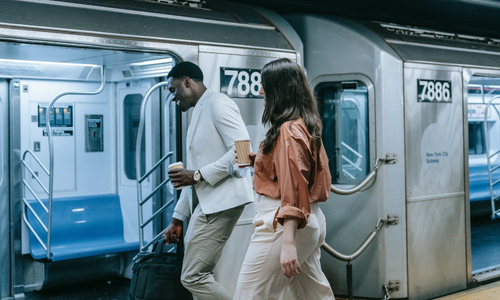
In the US, for example, 16% of adults and nearly 100 million people overall, do not drive because they cannot afford it, are legally ineligible, or are limited by age or disability. And 45% of Americans have no access to public transit.
Christian U. Haas explained: “Improving mobility always has a social aspect and goes hand in hand with sustainability. For decades, traffic planning primarily concentrated on car traffic. This car-centric approach is now slowly changing. Urban and mobility planners focus more and more on people and their mobility needs, in order to shape livable and sustainable environments. That’s an important change in thinking. Humanity is diverse, and so are our mobility needs and movement patterns.”
For example, multiple studies have shown, that women have different mobility patterns, needs and behaviors as men. Female mobility is characterized by trip-chaining. While the mobility of men is usually still very linear, e.g., the way to work in the morning and back home in the evening, women make several shorter trips – walking and using public transport mor often. The main reasons for this are that women still do 75% of the world’s unpaid care work. Mobility networks in cities are usually not designed for these mobility patterns. They are mostly built for easy car commuting.
Access to public transport in rural areas is another example. In Germany bus and train travel makes only 5-7% of the overall traffic volume in rural areas. Due to a poorly developed public transport network and a lack of safe bike lanes, people living on the countryside do not have the freedom to choose their means of transport. They are mostly dependent on their cars or must make long and impractical journeys to reach the nearest shopping center or hospital.
“An inclusive mobility must offer diverse options and must be available, affordable, barrier-free and safe for everyone”, said Christian U. Haas.
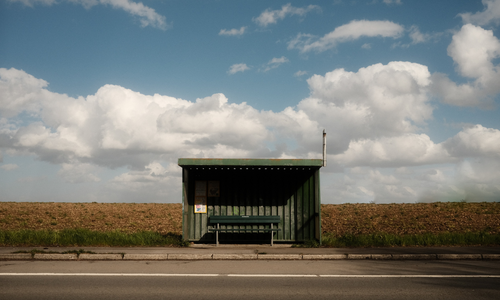
The first and important step toward inclusive and sustainable mobility is therefore to know the mobility needs of different people. Digital tools and innovative technologies play an important role here, for example in accessibility analyses. They enable urban and mobility planners to think from the person perspective and to design mobility with an understanding of the different needs in relation to all modes of transport.
Christian U. Haas concluded: “That’s what drives us at Umovity! Because humanity is made of many – so is mobility.”
